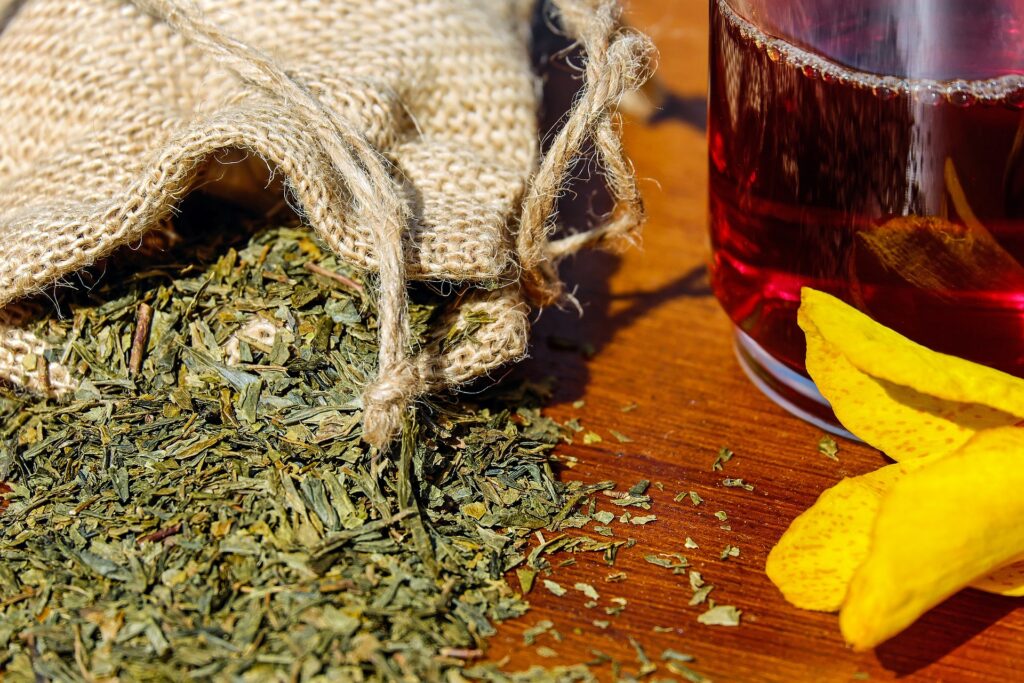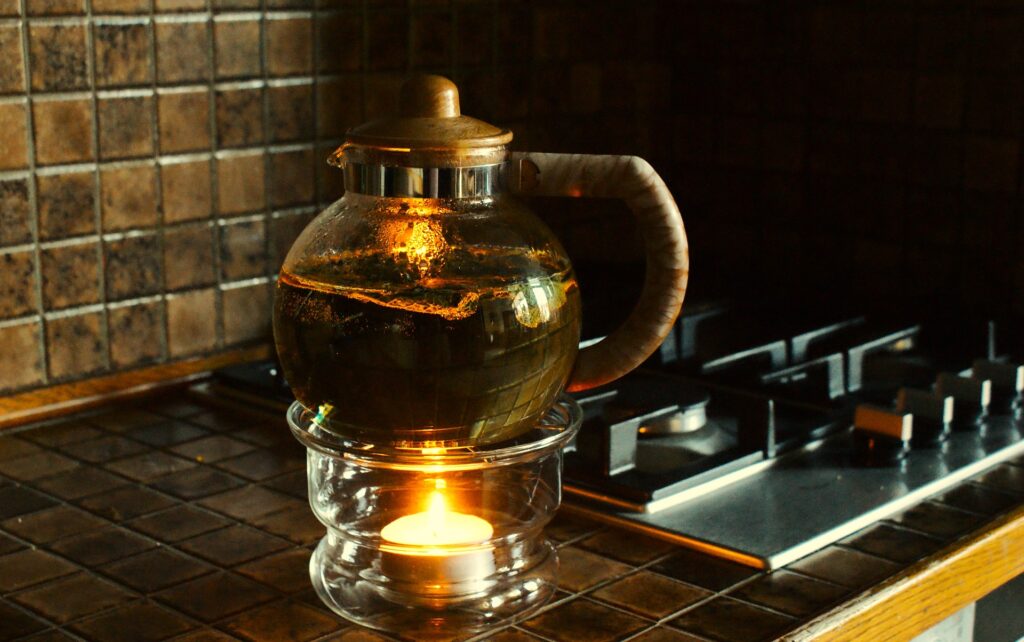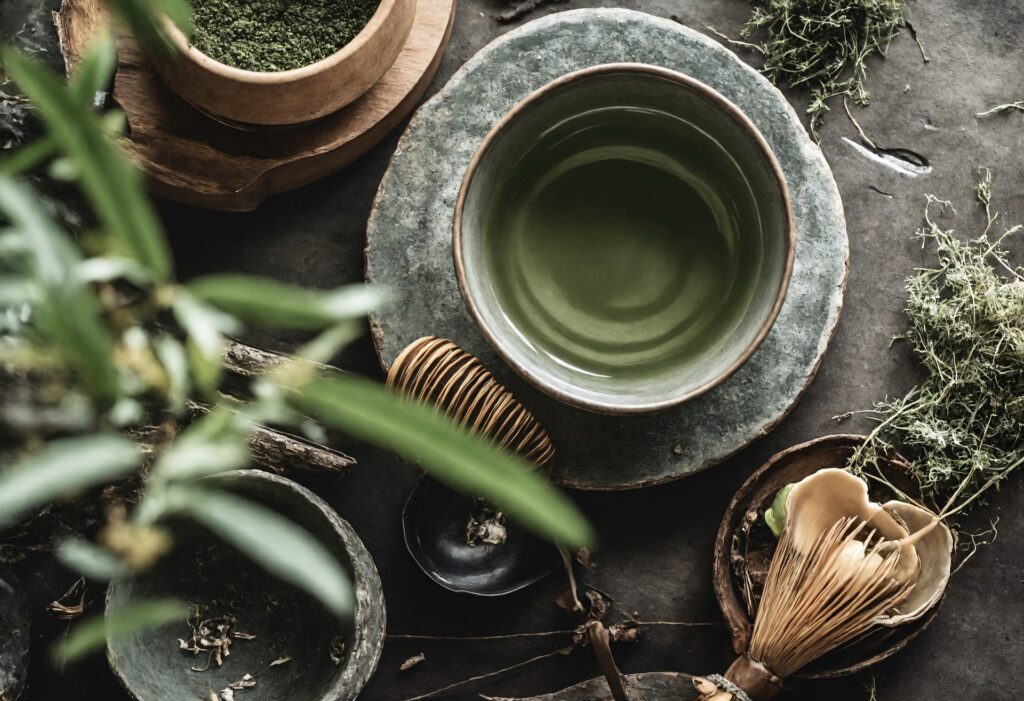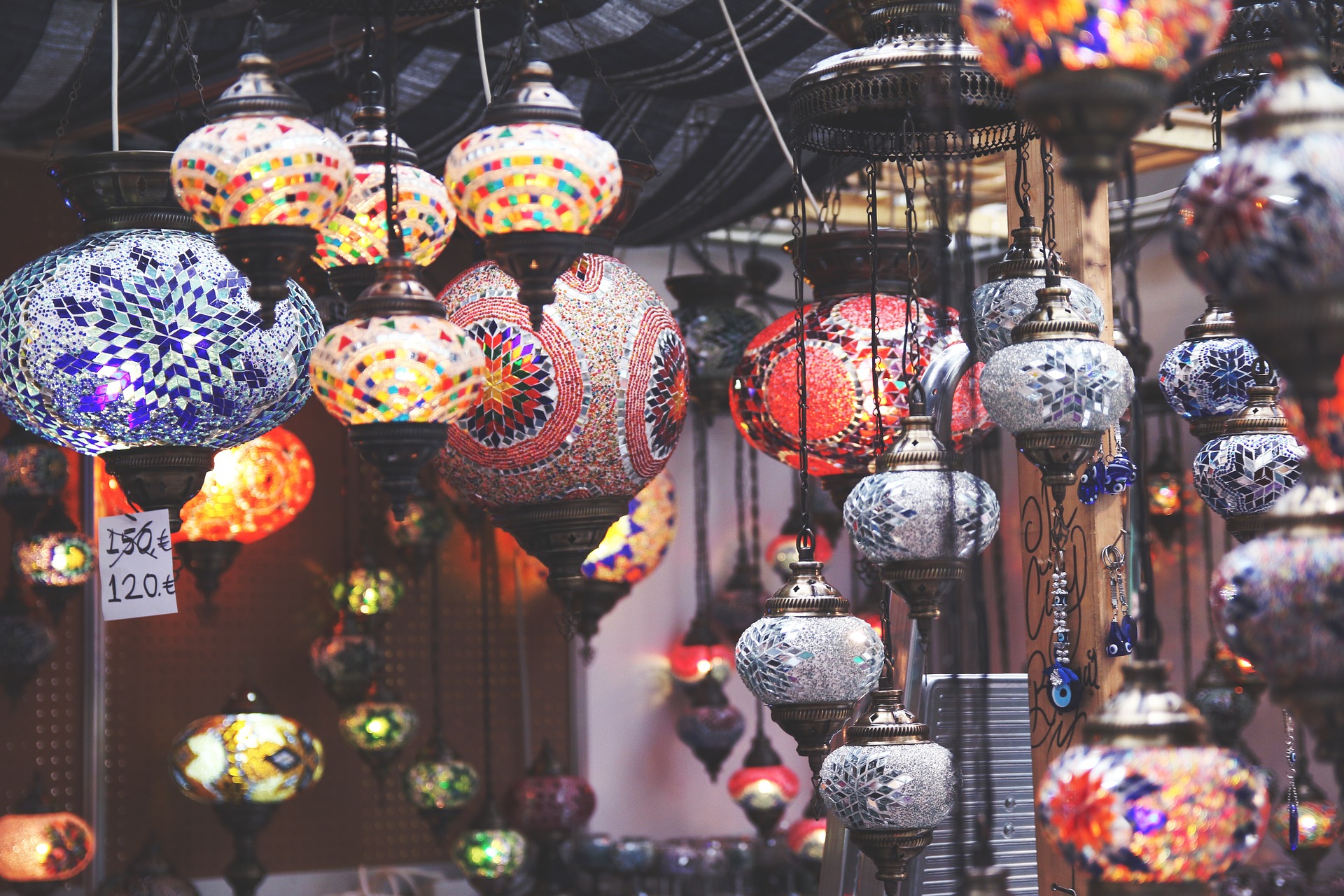In a world that rushes by at breakneck speed, there’s a serene refuge awaiting those who seek it in the timeless ritual of the Chinese tea ceremony. Rooted in millennia of tradition and imbued with deep cultural significance, this ceremony is more than just a means to enjoy tea; it’s a journey into mindfulness, connection, and appreciation of life’s simplest pleasures. Join us as we delve into the essence of the Chinese tea ceremony, exploring its history, significance, and the tranquility it brings to those who partake.
Table of Contents

1. Origins and Evolution
Unveiling the historical tapestry of the Chinese tea ceremony, tracing its roots from ancient medicinal practices during the Shang dynasty to its zenith during the Tang and Song dynasties, and its evolution through the Ming and Qing eras.
2. Symbolism and Meaning
Understanding the rich symbolism infused within every aspect of the ceremony, from the choice of tea leaves representing nature’s bounty to the precise movements of the host symbolizing harmony and respect.
3. The Art of Preparation
Delving into the meticulous process of preparing tea, from selecting the finest leaves based on seasonality and terroir to mastering the intricacies of brewing, pouring, and serving with precision and grace.
4. Setting the Scene
Creating the perfect ambiance for the tea ceremony, from serene tea rooms adorned with traditional Chinese décor to tranquil outdoor settings enveloped in the sounds of nature, and the profound significance of each element in enhancing the overall experience.
5. The Role of the Host
Exploring the multifaceted duties and responsibilities of the host, who serves as a conductor orchestrating the ceremony with mindfulness, attentiveness, and a deep understanding of tea culture and hospitality.

6. Tea Varieties and Their Significance
Discovering the diverse range of teas used in the ceremony, from delicate green teas like Longjing to aged pu’erh, each with its own flavor profile, aroma, and cultural significance rooted in China’s vast tea-growing regions.
7. Etiquette and Rituals in Chinese Tea Ceremony
Navigating the intricate web of etiquette and rituals that govern the conduct of participants, including the proper way to hold a teacup, gesture in appreciation, and engage in meaningful conversation while maintaining a sense of harmony and respect.
8. Mindfulness and Meditation
Unlocking the transformative power of mindfulness and meditation inherent in the tea ceremony, as participants engage in a sensory journey that heightens awareness, cultivates presence, and fosters a deeper connection with oneself and the surrounding environment.
9. Cultural Influence and Globalization
Examining how the Chinese tea ceremony has transcended borders, influencing global tea culture and fostering cross-cultural exchange, as evidenced by the emergence of tea houses, festivals, and appreciation societies worldwide.
10. Modern Adaptations and Innovations
Investigating contemporary interpretations of the tea ceremony, from innovative brewing techniques to fusion blends that blend tradition with modernity, and the role of technology in enhancing accessibility and engagement among new generations of tea enthusiasts.

11. Health Benefits and Wellness
Exploring the myriad health benefits associated with tea consumption, from antioxidants to stress reduction, and its integral role in holistic wellness practices embraced by individuals seeking balance and vitality.
12. Preservation and Legacy of Chinese Tea Ceremony
Advocating for the preservation of the Chinese tea ceremony as a cultural heritage, ensuring its legacy endures for generations to come through education, appreciation, and continued practice within communities passionate about preserving tradition.
Conclusion:
In a world that often prioritizes haste over harmony, the Chinese tea ceremony stands as a timeless beacon of tranquility and mindfulness. Through its intricate rituals and profound symbolism, it invites us to slow down, savor the moment, and connect with ourselves and others on a deeper level. As we embrace its traditions and honor its legacy, may we find solace in the simple act of sharing tea, fostering bonds of friendship, and nurturing our spirits amidst the chaos of modern life.
FAQs (Frequently Asked Questions)
1. What is the significance of the Chinese tea ceremony?
A. The Chinese tea ceremony holds deep cultural significance, serving as a means to cultivate mindfulness, foster social connections, and honor tradition. It represents a harmonious blend of art, spirituality, and hospitality, inviting participants to embrace tranquility and appreciation for life’s simple pleasures.
2. How long does a typical Chinese tea ceremony last?
A. The duration of a Chinese tea ceremony can vary depending on the specific rituals observed and the number of participants involved. While some ceremonies may last as little as 30 minutes, more elaborate gatherings can extend for several hours, allowing ample time for conversation, reflection, and multiple rounds of tea brewing.
3. What types of tea are commonly served in a Chinese tea ceremony?
A. A wide variety of teas may be served in a Chinese tea ceremony, ranging from delicate green teas like Longjing and fragrant oolongs such as Tieguanyin to aged pu’erh and floral-scented jasmine teas. The selection often reflects regional preferences, seasonal availability, and the preferences of the host and guests.
4. Can anyone participate in a Chinese tea ceremony?
A. Yes, the Chinese tea ceremony is open to anyone who wishes to experience its beauty and tranquility. Whether you’re a seasoned tea aficionado or new to the world of tea, participating in a ceremony offers an opportunity to learn about Chinese culture, connect with others, and deepen your appreciation for this ancient tradition.
5. Are there specific rules or etiquette to follow during a Chinese tea ceremony?
A. While there are guidelines for conduct and etiquette during a Chinese tea ceremony, they are meant to enhance the experience rather than restrict it. Participants are encouraged to approach the ceremony with an open heart, showing respect for the host, fellow guests, and the tea itself. Gestures of appreciation, such as bowing or expressing gratitude, are common practices, along with attentive listening and mindful presence.

